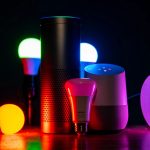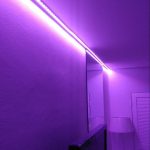LED vs Fluorescent: Which Light Bulb Reigns Supreme?
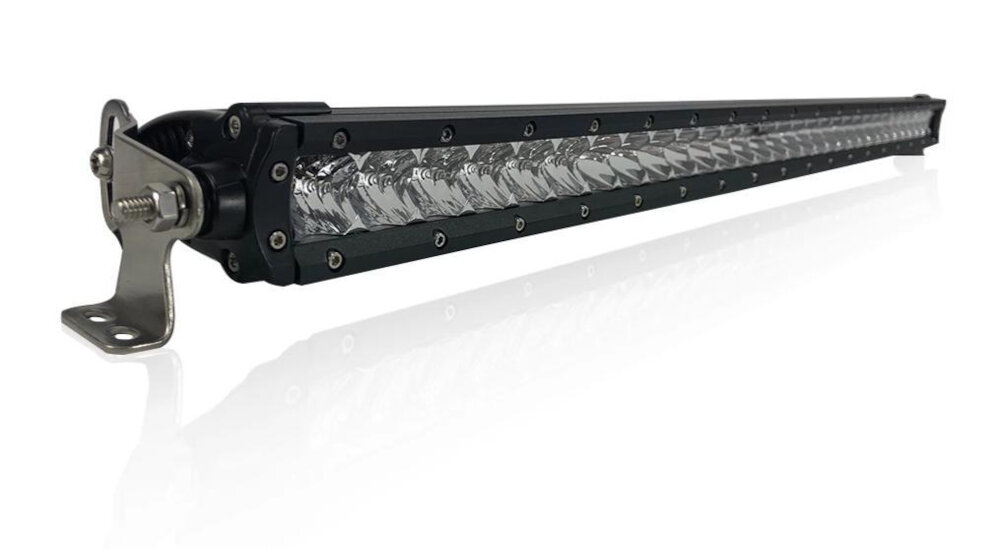
The debate between LED and fluorescent light bulbs has been ongoing for years, with both sides having valid arguments. LED bulbs have gained popularity in recent years due to their energy efficiency and long lifespan. However, fluorescent bulbs still have their place in the market due to their affordability and brightness. So, which light bulb reigns supreme?LED, or Light Emitting Diode, bulbs have revolutionized the lighting industry. They are highly energy-efficient, using up to 80% less energy than traditional incandescent bulbs. LED bulbs also have a much longer lifespan, lasting up to 25,000 hours or more compared to fluorescent bulbs, which last around 10,000 hours. This means that LED bulbs not only save you money on your energy bill but also last much longer, reducing the need for frequent replacements. Additionally, LED bulbs produce less heat than fluorescent bulbs, making them a safer option. While LED bulbs may be more expensive initially, their long-term benefits make them a worthwhile investment.
Selecting the right light bulb for your home or office is a crucial decision that can significantly impact your daily life. A suitable bulb can make your space look more vibrant, comfortable, and welcoming, while an inappropriate one can create discomfort, strain your eyes, and reduce productivity. LED and fluorescent are two popular light bulbs in the market, and choosing the right one can save energy, reduce utility bills, and provide a long-lasting solution. LED bulbs are energy-efficient, eco-friendly, and available in different colors, shapes, and sizes, making them a versatile option for any space. On the other hand, fluorescent bulbs are cheaper, more efficient than traditional bulbs, and can light up larger areas. By understanding the differences between these two types of bulbs, you can make an informed decision that suits your needs and preferences.
Light-emitting diodes (LEDs) were first invented in the 1960s, and since then, they have revolutionized the lighting industry. LEDs are highly efficient, durable, and long-lasting, making them an ideal lighting solution for a wide range of applications. Fluorescent bulbs, on the other hand, have been around since the early 1900s and were widely used in commercial and industrial settings throughout the 20th century. While fluorescent bulbs were more efficient than traditional incandescent bulbs, they were not as energy-efficient as LEDs and had a shorter lifespan. As technology has advanced, so has the development of LED and fluorescent bulbs, with LED bulbs becoming the preferred choice for consumers due to their superior energy efficiency and longer lifespan.
Energy Efficiency
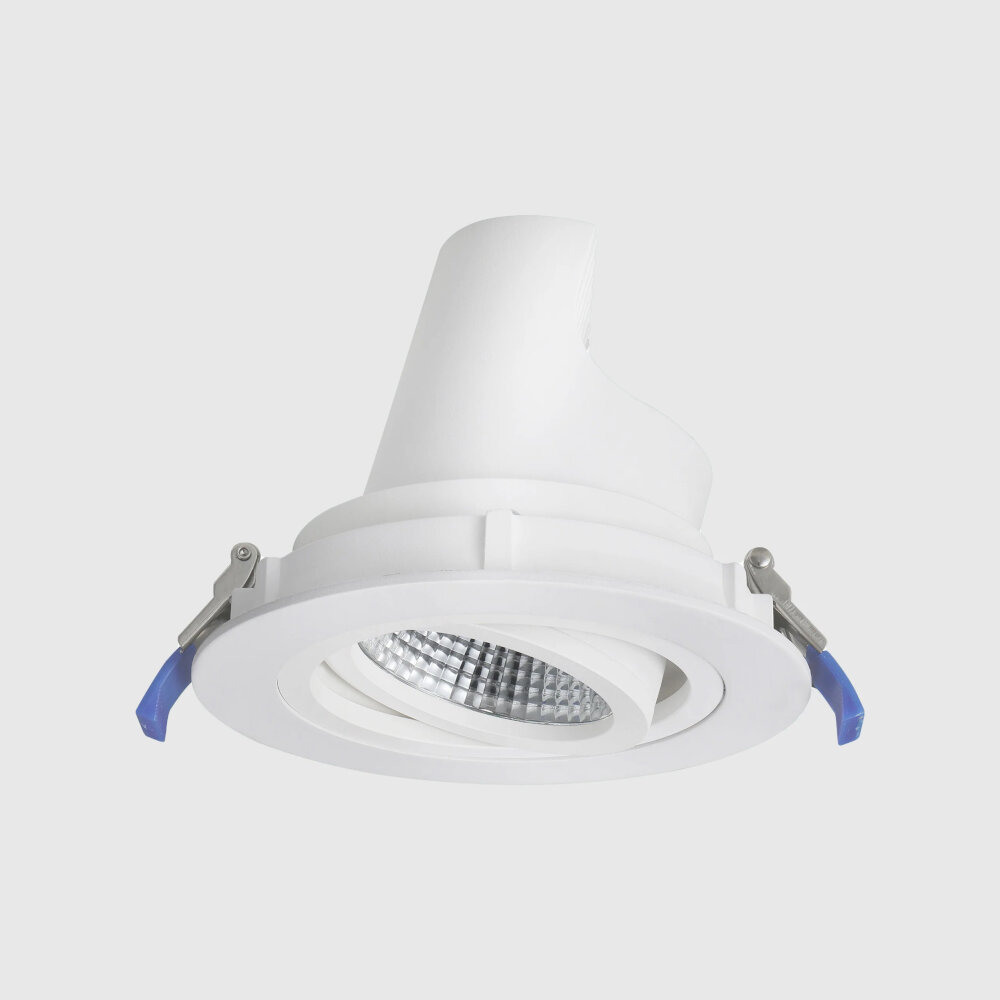
Energy efficiency is a crucial aspect of modern lighting technology, and it has become increasingly important for consumers to choose bulbs that are environmentally friendly and cost-effective. LED bulbs have emerged as the clear winner in terms of energy efficiency, as they use significantly less energy than fluorescent bulbs while providing the same level of brightness. This is due to the fact that LED bulbs do not emit heat, as fluorescent bulbs do, which means that they do not waste energy by producing excess heat. In addition, LED bulbs have a longer lifespan than fluorescent bulbs, which means that they need to be replaced less frequently, further reducing their environmental impact. Furthermore, LED bulbs are also more versatile than fluorescent bulbs, as they come in a wider range of colors and can be dimmed to create different lighting effects. This makes them ideal for use in a variety of settings, from homes and offices to public spaces such as parks and museums. With their superior energy efficiency, long lifespan, and versatility, LED bulbs are the clear choice for consumers who want to reduce their energy consumption and environmental impact while still enjoying bright and beautiful lighting.
When it comes to energy efficiency, LED bulbs are the clear winner over fluorescent bulbs. LED bulbs consume up to 80% less energy than fluorescent bulbs, making them the more cost-effective choice in the long run. This is because LED bulbs convert almost all of the energy they consume into light, whereas fluorescent bulbs waste a significant amount of energy as heat. Additionally, LED bulbs have a longer lifespan than fluorescent bulbs, meaning they need to be replaced less frequently, further reducing their environmental impact. While fluorescent bulbs may be cheaper upfront, the energy savings and extended lifespan of LED bulbs make them the superior choice for those looking to reduce their energy consumption and environmental footprint.
When it comes to comparing the energy usage and cost of different types of bulbs, there are several factors to consider. LED bulbs are known for their high efficiency and long lifespan, making them a popular choice among consumers. They use significantly less energy than traditional incandescent bulbs and can last up to 25 times longer. Fluorescent bulbs, on the other hand, are also energy-efficient but have a shorter lifespan than LEDs. While the upfront cost of LEDs may be higher than fluorescent bulbs, the long-term savings in energy usage and replacement costs make them a more cost-effective choice. Overall, the decision between LED and fluorescent bulbs depends on individual preferences and needs, but LEDs are proving to be the reigning champion in terms of energy efficiency and cost-effectiveness.
The impact on the environment is a crucial element to consider when it comes to choosing between LED and fluorescent light bulbs. Fluorescent bulbs contain a small amount of mercury, which is harmful to the environment and can cause pollution if not disposed of correctly. On the other hand, LED bulbs do not contain any hazardous materials and are recyclable, making them an eco-friendly option. Additionally, LED bulbs consume less energy than fluorescent bulbs, resulting in a reduction of carbon emissions and a more sustainable future. Therefore, the choice of light bulb not only affects the quality of light in our homes but also has a significant impact on the environment.
Lifespan
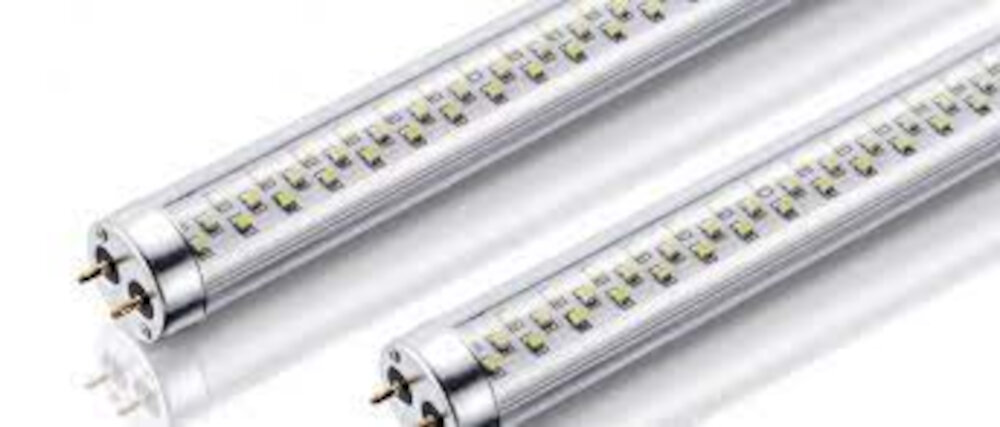
The lifespan of a light bulb is an important factor to consider when deciding between LED and fluorescent bulbs. LED bulbs have an average lifespan of 25,000 hours, while fluorescent bulbs have an average lifespan of 10,000 hours. This means that an LED bulb will last much longer than a fluorescent bulb, which will need to be replaced more frequently. In addition to this, LED bulbs are also more durable and resistant to damage, making them a more reliable choice for long-term use. Furthermore, the lifespan of a light bulb also has an impact on the environment. The longer a bulb lasts, the less waste is produced from replacing burnt-out bulbs. LED bulbs are also more energy-efficient than fluorescent bulbs, which means that they use less energy and produce less greenhouse gas emissions over their lifespan. This makes LED bulbs the more eco-friendly choice for those looking to reduce their environmental impact. Overall, the longer lifespan of LED bulbs makes them a more cost-effective and sustainable choice compared to fluorescent bulbs.
The lifespan of LED bulbs is significantly longer than that of fluorescent bulbs. LED bulbs can last up to 50,000 hours or more, whereas fluorescent bulbs have a lifespan of around 10,000 hours. This is due to the fact that LED bulbs use solid-state lighting technology, which does not have any moving parts that can wear out or break down. In contrast, fluorescent bulbs rely on electrodes and gas to produce light, which can degrade over time. Additionally, LED bulbs are more energy-efficient than fluorescent bulbs, which means they use less electricity and generate less heat, further contributing to their extended lifespan. Ultimately, the longer lifespan of LED bulbs makes them a cost-effective and environmentally-friendly lighting option.
When comparing the lifespan and durability of LEDs and fluorescent bulbs, it’s clear that LED bulbs reign supreme. LED bulbs have a lifespan of up to 25,000 hours, which is significantly longer than fluorescent bulbs that typically last around 10,000 hours. Additionally, LED bulbs are more durable than fluorescent bulbs as they are not made with fragile components like glass tubes. LED bulbs are also less prone to damage from vibrations and shocks, making them ideal for use in outdoor and industrial settings. Ultimately, the extended lifespan and durability of LED bulbs make them a more cost-effective and practical choice for lighting solutions.
The impact on the environment is an essential factor when choosing between LED and fluorescent light bulbs. LED bulbs are considered more environmentally friendly because they produce less greenhouse gas emissions, consume less energy, and have a longer lifespan than fluorescent bulbs. Additionally, fluorescent bulbs contain small amounts of toxic mercury, which can harm the environment if not disposed of correctly. On the other hand, LED bulbs are recyclable and do not pose any significant environmental hazards. Therefore, choosing LED bulbs over fluorescent bulbs can help reduce the carbon footprint and promote a more sustainable way of living.
Light Quality
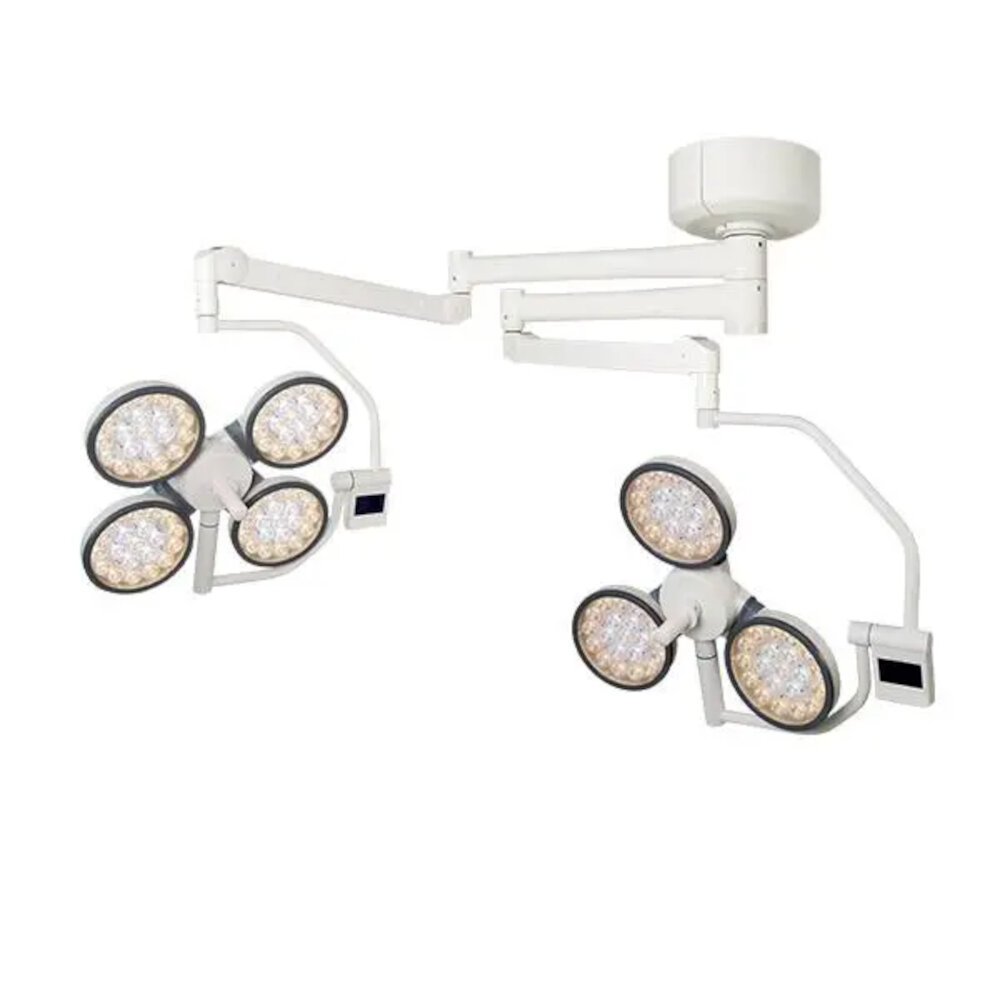
Light quality is an essential factor to consider when choosing a light bulb. It refers to the color of the light emitted by the bulb, which can affect the appearance of objects and the overall ambiance of a space. LED bulbs offer superior light quality compared to fluorescent bulbs. They emit a brighter, clearer light that closely resembles natural sunlight. This makes LED bulbs ideal for use in areas where color accuracy is essential, such as art galleries, photography studios, and retail stores. In contrast, fluorescent bulbs emit a harsh, flickering light that can cause eye strain and headaches. They also tend to produce a cooler, bluish light that can make colors appear washed out and unappealing. In addition to color quality, LED bulbs also offer superior directional lighting compared to fluorescent bulbs. This means that they can be used to illuminate specific areas, such as a desk or a piece of artwork, without casting shadows or causing glare. Fluorescent bulbs, on the other hand, emit light in all directions, which can lead to uneven lighting and make it difficult to focus on specific tasks. Overall, LED bulbs offer a superior light quality compared to fluorescent bulbs, making them the clear choice for those who value the appearance and ambiance of their living or workspaces.
The light quality of LED and fluorescent bulbs differs significantly. LED bulbs emit light in a directional pattern, meaning that they provide focused light in a specific direction, making them perfect for task lighting. Additionally, LED bulbs offer a wide range of color temperatures, from warm white to cool white, allowing users to customize their lighting to fit their preferences. On the other hand, fluorescent bulbs emit light in all directions, making them better suited for ambient lighting. They also tend to have a bluish tint, which can make colors appear washed out. However, newer fluorescent bulbs are available in warmer color temperatures that mimic the warmth of incandescent bulbs, making them more appealing for use in homes and other settings. Ultimately, the choice between LED and fluorescent bulbs depends on the specific lighting needs of the user.
When it comes to comparing the brightness, color temperature, and color rendering index of LED and fluorescent bulbs, LED bulbs always outperform their fluorescent counterparts. LED bulbs are brighter and more energy-efficient, with a longer lifespan than fluorescent bulbs. The color temperature of LED bulbs is also generally considered to be more natural and less harsh than fluorescent bulbs, providing a more comfortable and relaxing environment. Additionally, LED bulbs have a higher color rendering index (CRI), which means they are better at accurately displaying colors than fluorescent bulbs. Overall, while fluorescent bulbs were once the go-to choice for energy-efficient lighting, LED bulbs have now taken over as the superior option in terms of brightness, color temperature, and CRI.
The impact of lighting on health and wellbeing cannot be overstated. Studies have shown that exposure to bright, blue-rich light in the evening can disrupt the body’s natural circadian rhythm and negatively affect sleep quality. This can lead to a range of health problems, including obesity, diabetes, and depression. In contrast, exposure to natural light during the day has been linked to improved mood, increased productivity, and a reduced risk of chronic diseases. When choosing between LED and fluorescent bulbs, it’s important to consider not only energy efficiency and cost, but also the impact on health and wellbeing. While LED bulbs are generally considered the better option, it’s important to choose bulbs that emit the right color temperature and brightness for the intended use.
Cost
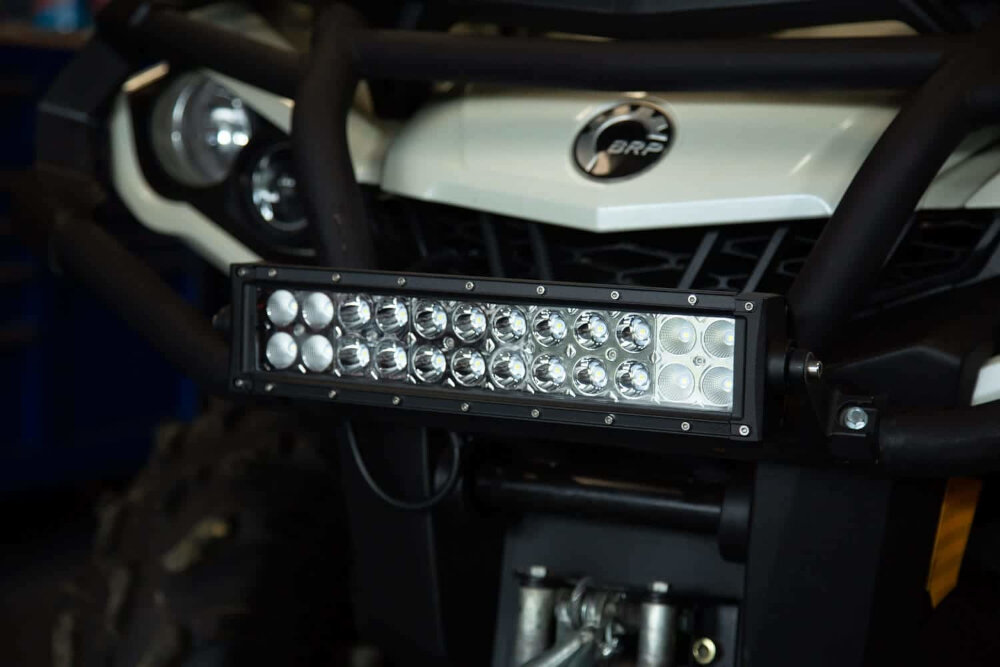
When it comes to cost, LED light bulbs are generally more expensive upfront than fluorescent bulbs, but they have a longer lifespan and use less energy, which can result in significant long-term savings. While the initial investment in an LED bulb may be higher, it can last up to 25 times longer than a fluorescent bulb, which only lasts for around 10,000 hours. This means that you’ll need to replace the fluorescent bulb more frequently, which can add up in terms of both time and money. Additionally, LED bulbs use up to 80% less energy than fluorescent bulbs, which can result in lower energy bills over time. While the cost of LED bulbs has decreased significantly in recent years, they still tend to be more expensive than fluorescent bulbs, especially for those on a tight budget. However, it’s important to consider the overall cost of using fluorescent bulbs, including the cost of replacement bulbs, energy bills, and the impact on the environment. Fluorescent bulbs contain mercury, which is a toxic substance that can be harmful to both people and the environment. When fluorescent bulbs are disposed of improperly, the mercury can leak into the soil and water supply, causing environmental damage. Additionally, the energy used to power fluorescent bulbs contributes to greenhouse gas emissions, which can have long-term negative effects on the environment. Ultimately, while fluorescent bulbs may seem like a more cost-effective option upfront, the long-term costs and environmental impact make LED bulbs a more appealing choice for many consumers.
When it comes to the cost of LED and fluorescent bulbs, there are several factors to consider. While LED bulbs are generally more expensive to purchase upfront than fluorescent bulbs, they have a much longer lifespan and use significantly less energy, resulting in lower electricity bills over time. Additionally, LED bulbs do not contain hazardous materials, making them more environmentally friendly than fluorescent bulbs. On the other hand, fluorescent bulbs are cheaper to purchase initially, but they have a shorter lifespan and contain small amounts of mercury, which can be harmful to both people and the environment if not disposed of properly. Ultimately, the cost of LED and fluorescent bulbs depends on individual needs and priorities, but for those looking for a long-term investment in energy efficiency and sustainability, LED bulbs may be the better choice.
When it comes to comparing the initial cost and long-term cost of LED versus fluorescent bulbs, there are clear advantages to LED bulbs. While the initial cost of LED bulbs may be slightly higher than fluorescent bulbs, the long-term cost savings are significant. LED bulbs use significantly less energy, last much longer, and don’t contain any hazardous materials like mercury, which is found in fluorescent bulbs. This means that LED bulbs require less maintenance and replacement over time, resulting in lower long-term costs. Additionally, LED bulbs are more environmentally friendly, as they emit less heat and carbon dioxide than fluorescent bulbs. Overall, while LED bulbs may seem pricier upfront, they provide a cost-effective and eco-friendly lighting solution in the long run.
The choice between LED and fluorescent light bulbs can have a significant impact on both your budget and savings. While LED bulbs may have a higher initial cost than fluorescent bulbs, they are more energy-efficient and have a longer lifespan. This means that over time, LED bulbs can save you more money on your electricity bill and replacement costs. Additionally, LED bulbs do not contain hazardous materials like mercury, making them safer for the environment and potentially reducing disposal costs. Therefore, while the upfront cost may be higher, choosing LED bulbs can ultimately lead to significant long-term savings.
The article \LED vs Fluorescent Which Light Bulb Reigns Supreme\ discusses the key differences between LED and fluorescent light bulbs. LED bulbs are more energy-efficient and have a longer lifespan, making them a more cost-effective option in the long run. On the other hand, fluorescent bulbs are cheaper upfront and are better suited for large spaces that require bright light. The article also highlights the environmental impact of both types of bulbs, with LED bulbs being more eco-friendly due to their energy efficiency and lack of toxic materials. Ultimately, the choice between the two types of bulbs depends on the specific needs and preferences of the user.
When it comes to selecting the best type of bulb, the choice highly depends on specific needs and preferences. For instance, if energy efficiency and longevity are the main concerns, then LED bulbs are the way to go. These bulbs consume less energy and can last up to 25 times longer than incandescent bulbs. On the other hand, fluorescent bulbs are more affordable and provide bright light suitable for larger spaces. They also come in a variety of sizes and shapes that can fit in different fixtures. However, if one is after aesthetics, LED bulbs offer a wider range of colors and brightness levels, making them perfect for mood lighting. In conclusion, the best type of bulb is subjective, and it all boils down to individual preferences and requirements.
In conclusion, it is essential to choose the right light bulb for your home or office as it can impact your daily life in various ways. Choosing the right type of light bulb can help you save money on your electricity bill, reduce your carbon footprint, and create a more comfortable and productive environment. LED bulbs offer several advantages over fluorescent bulbs, including longer lifespan, energy efficiency, and a wider range of color temperatures. By taking the time to research and select the best light bulbs for your needs, you can create a brighter, more efficient, and eco-friendly environment that enhances your quality of life.
Conclusion
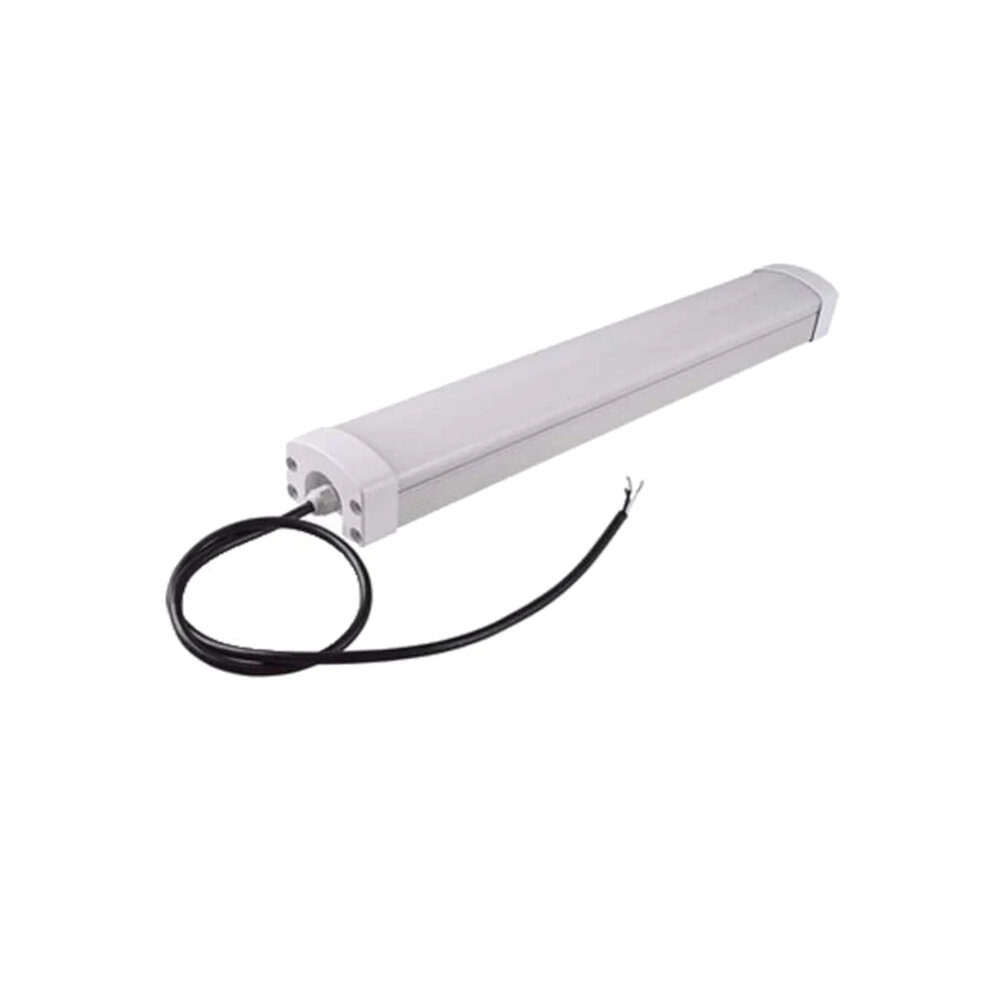
In conclusion, the debate between LED and fluorescent light bulbs continues to rage on, with both sides presenting compelling arguments. While fluorescents have been the longstanding choice for energy-efficient lighting, LED bulbs have recently emerged as a strong contender, offering even greater energy savings and longer lifetimes. Additionally, LEDs provide more color options and better dimming capabilities. However, fluorescents still hold their ground in terms of affordability and availability. Ultimately, the choice between LED and fluorescent bulbs ultimately depends on personal preferences and specific lighting needs. Both types of bulbs have their own unique advantages and disadvantages, and the decision comes down to weighing the pros and cons and determining which factors are most important. Regardless of which option is chosen, the most important thing is to prioritize energy efficiency and sustainability in all lighting choices.


